5 beginner triathlon training mistakes and top tips to avoid them
We've got all answers to your burning triathlon training questions right here

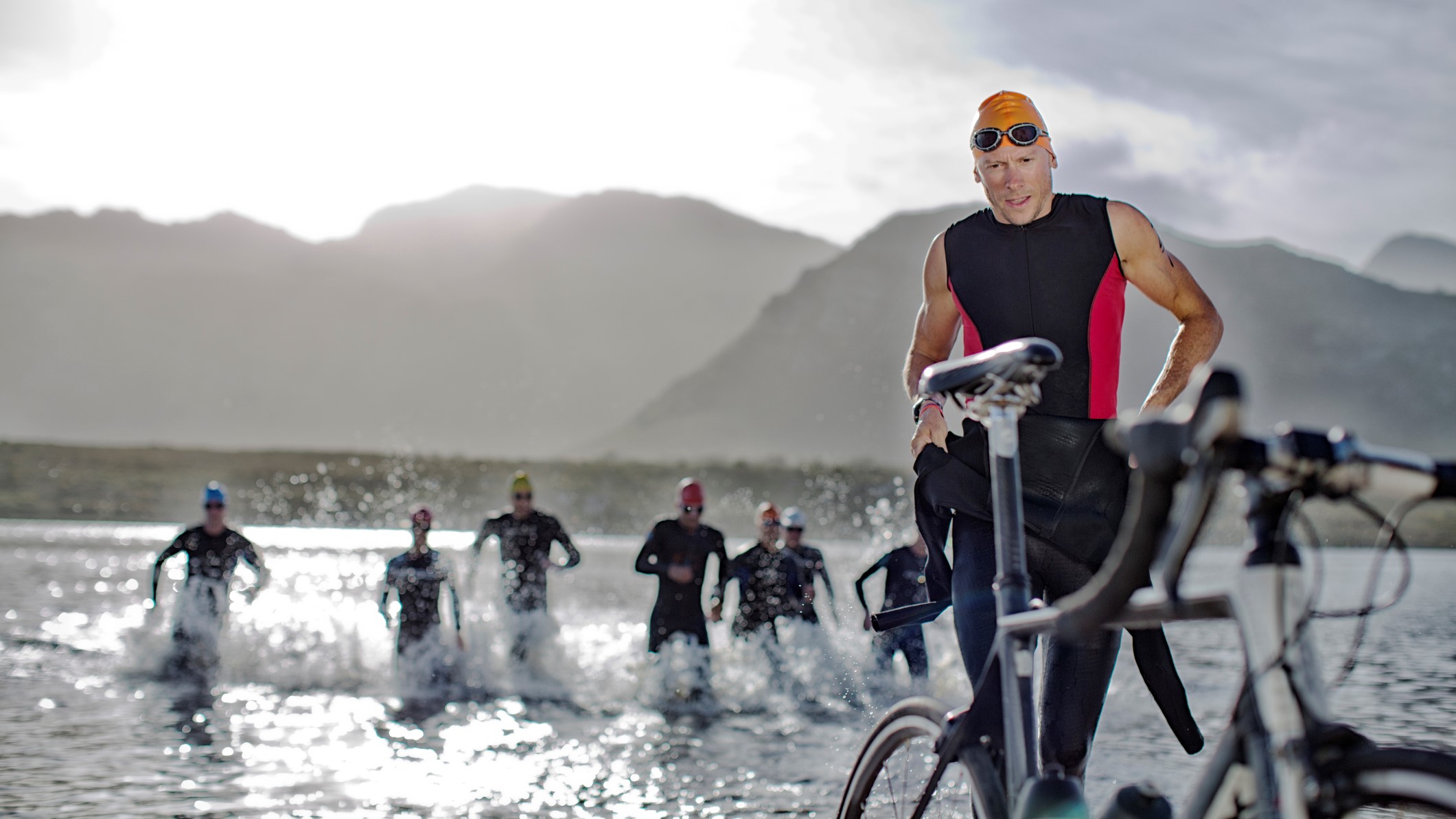
Triathlon is a beautiful sport. It requires power, stamina and most of all, principle which you can carry into other parts of your life, too. But if you haven't done a triathlon before, it can feel quite daunting to get into the sport. We are here to help you transition into triathlon and listed 5 beginner triathlon mistakes and top tips how to avoid them below.
Winter is the perfect season to start building up your endurance for all the races you probably signed up for already, after buying the best triathlon bike. At the end of the day, you will need to justify spending money on triathlon gear both for your significant other as well as yourself.
Lucky for you, the three principles of triathlon – swimming, cycling and running – can all be practised indoors, most of them even in your home, during the cold season. To practice swimming, though, you will probably have to visit a local pool. That is if you haven't got a swimming pool at home, you lucky bastard.
Cycling practise can be brought indoors using either an exercise bike or a turbo trainer. As for running, there are treadmills, of course.
- Best winter running gear: tackle the elements with the best winter running shoes, winter running tops and more
- Best running headphones: buds for gym, exercise, running and sport
- Want to be fit for spring? Here’s why winter training is key to summer success
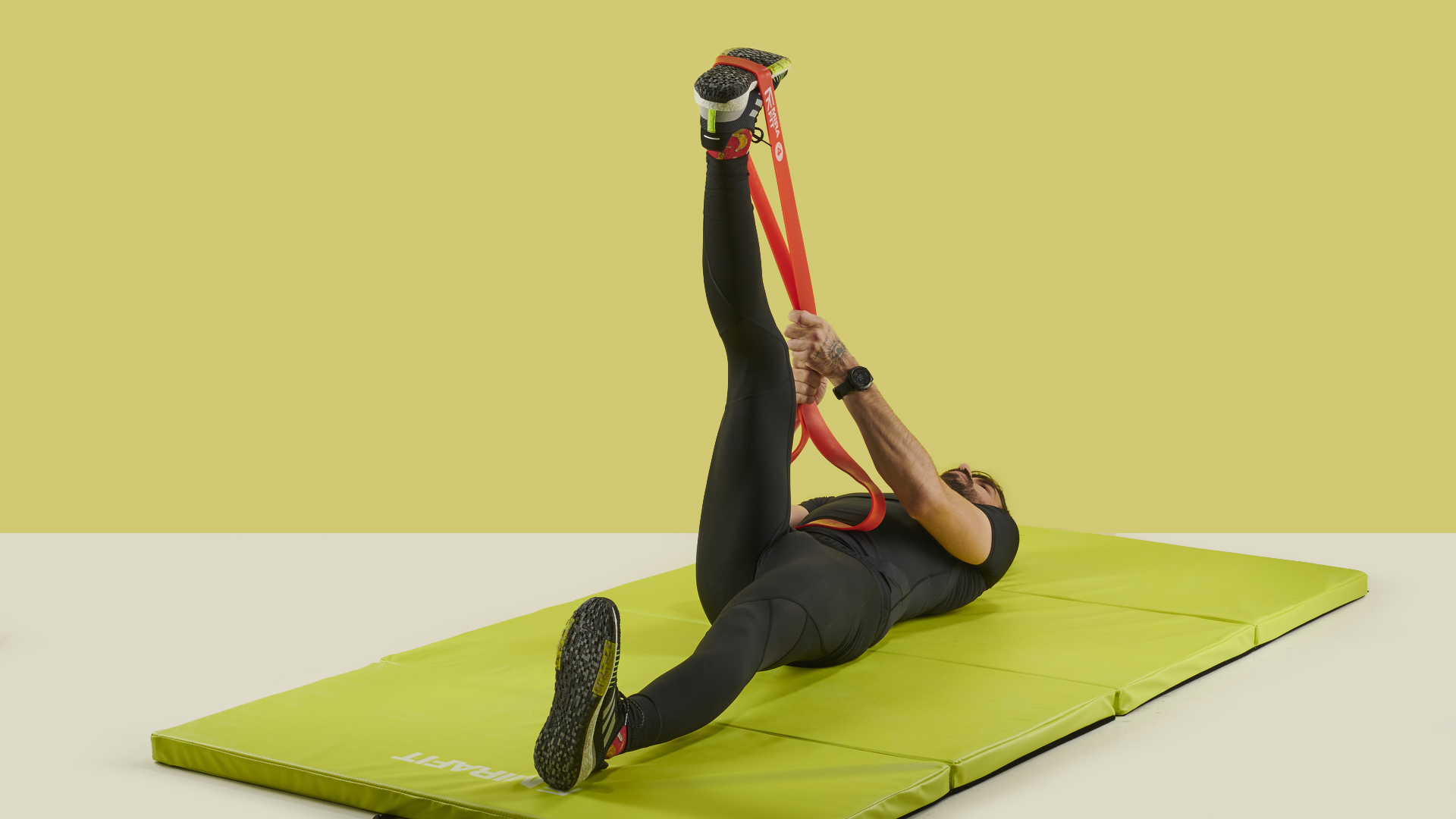
Hamstring stretch is a great way to improve form and relax tense muscles, all in the same time
Be safe and sensible
The most important piece of advice anyone can give you when it comes to training for a physically-demanding sport event like a triathlon race is to be sensible and above all, safe. Injuries are very common, but only among people who are careless enough to push themselves too much without stretching even once during intense training.
Especially if you haven't done much training – let alone racing – in the past, training for a triathlon can be a big task to take on. Gradually increasing both the distances and the intensity over a period of months is the best way to go.
The most common triathlon sprint distances are: 700 metres of swimming, followed by 20 kilometres of cycling, finished off with 5 kilometres of running. Needless to say, you shouldn't try to start off with doing all three in one day. Marathon runners don't run marathon distances 5 times a week as practice.
Get all the latest news, reviews, deals and buying guides on gorgeous tech, home and active products from the T3 experts
Stretching before, but especially after exercising is also essential. In fact, it's so essential it didn't make it to the list below, mainly because it's self-explanatory. Muscles need to be stretched after being in use intensely for a period of time. All three triathlon principles rely on the strength of your legs but especially your glutes and quads, the former being the biggest muscle in your body.
Not stretching them means leaving them tense which can cause cramps and can be a source of discomfort. Do yourself a favour and get some resistance bands or a foam roller and regularly de-tense your muscles. Or, if you are a techy person, purchase a Theragun, up to you.
- 'Couch To 5K' in 500 words: our top 5 running tips for newbies wanting to start running
- How to lose weight fast: burn belly fat and get in shape with these 10 strategies
5 beginner triathlon training mistakes and tips how to avoid them
Without any particular order, here are 5 things you should avoid doing when you are getting ready for your next (first?) triathlon.
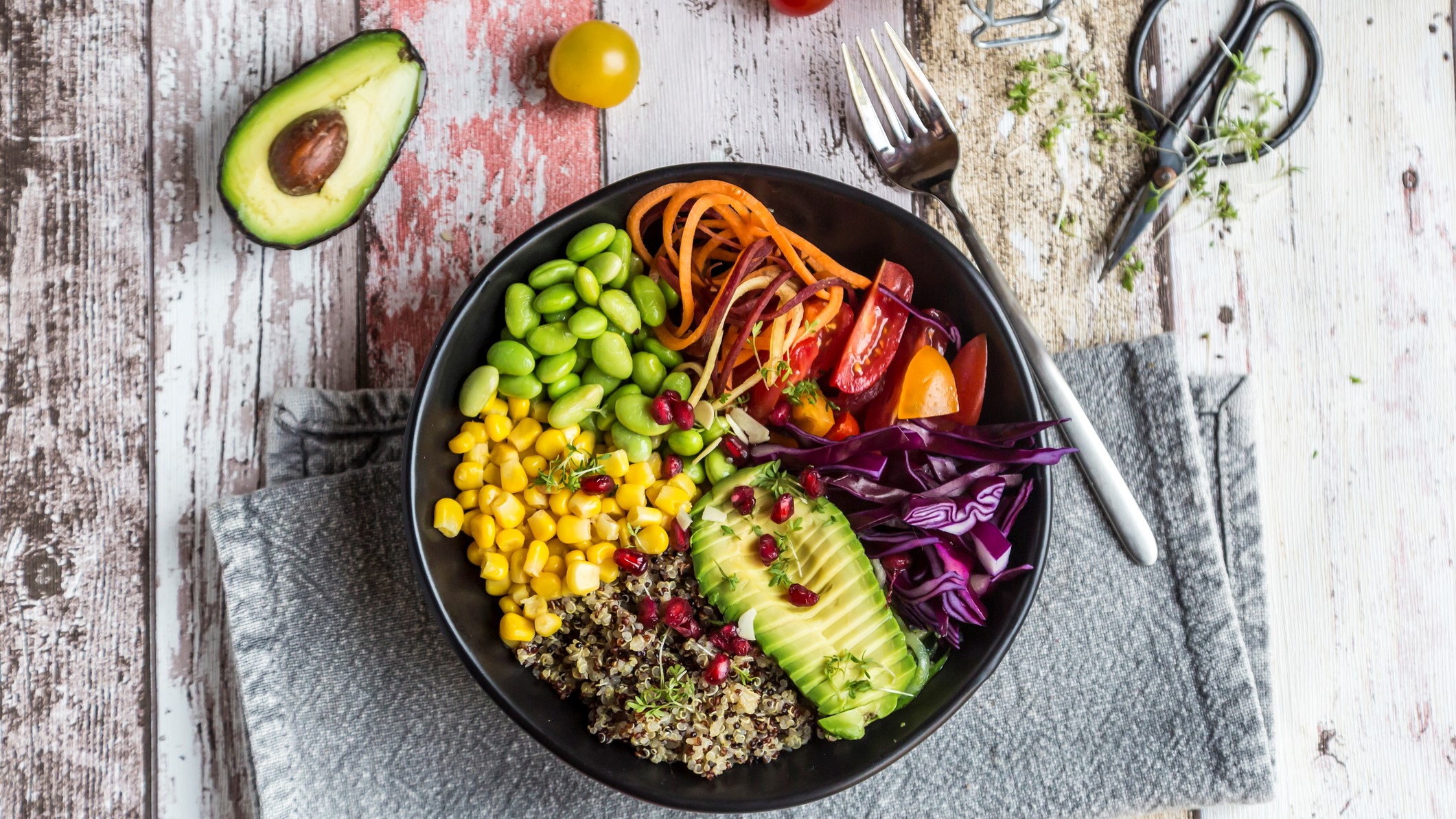
Eat your greens and protein, kids
1. Not paying attention to nutrition
One of the single most common mistake beginner athletes can make is not to pay attention to what you eat. This applies not only to triathlon training, but also, running, cycling, resistance training and more.
We keep harping on about protein here at T3, mainly because it is the most important macronutrient you need to ingest more of if you're training hard. Protein can help reduce risk of injuries, can help muscle repair and aid muscle growth. It is also a great supplement for weight loss, among other things.
• Best cheap protein powder deals
Another term you will hear often from endurance athletes is 'electrolyte-imbalance'. Without going too deep into the subject, the lack of electrolytes in your body can cause a range of issues like cramps, muscle weakness and fatigue.
When you cycle or run, you sweat excessively and lose loads of these essential particles. By eating the right food before and after training, you can keep the levels topped up and avoid any negative consequences.
The main electrolytes and the food items you should include in your diet include: sodium and chloride from table salt (not excessive amount), potassium from bananas and sweet potato, magnesium from nuts and calcium from leafy green vegetables like kale or spinach.
One supplement we can wholeheartedly recommend is creatine monohydrate. Over 300 studies have been conducted on its safety and efficiency and by taking small amounts of it a day (3-5 grams), it can effectively help you effectively improve performance.
Most importantly, a healthy and balanced diet is paramount to keep your muscles and joints in top condition. Eat well so you can train well.
- How to lose weight with fasting: intermittent fasting can help you lose weight fast
- Keto diet: for weight loss, Bulk Powders will tell you how to do it right

Building lean muscle mass can help you in a variety of ways during triathlon races
2. Ignore strength training
We know, you will be quite busy trying to introduce multiple days of swimming, cycling and running during the week, let alone adding some gym sessions to the mix. But we aren't saying you should add more days to your training plan.
Building overall strength can help you push through those invisible walls you might come across during races, as we all do. Compound exercises like deadlifts, squats and bench presses can help you improve your physique and by introducing some anaerobic exercise days, you can also compliment your aerobic training days and give certain muscle areas some much deserved rest.
You will soon learn which principle you are good at doing your swimming-cycling-running training schedule and once you get comfortable running 5k, for example, try to swap one running day out a week and sneak in some strength training sessions in its place.
Alternatively, you can put your aerobic efforts aside for a week and take a 'rest week' in the gym.
- This push-pull, two-day exercise routine is the perfect full body workout
- Get a full body workout with just 5 simple exercises: the essentials everyone needs to know
- Get bigger pecs and arms: this two day push-pull upper body workout will get you strong in no time

Running with the correct pace can reduce the perceived effort of the workout
3. Get your pacing wrong
Another classic rookie mistake: since you don't know what running a 5k or cycling a 20k means, you start off running/cycling way faster or slower than you should. Not to mention swimming, something probably most people do the least often of all three sports included in triathlon.
Getting your pace right means you can maintain your best effort relative to the distance you need to cover. And to do that, you will need to know what heart rate zone you are in when your're swimming/cycling/running with a certain speed.
Best way to keep track of your heart rate in real time is to wear a multi-sport smartwatch, or even better, a triathlon watch, like the Polar Vantage V or the Garmin Fenix 6 Pro. These wearables can track heart rate as well as pace, calories burned and much more, using the built in optical sensors and GPS units.
They also come with apps where you can further analyse and track your workouts. These apps can also automatically sync data with popular third-party apps like Strava and MyFitnessPal, should you wish to use those, too.
- Garmin Fenix 6 Pro vs Apple Watch Series 5: which is the better fitness smartwatch?
- Huawei Band 3 Pro vs Honor Band 5: which fitness tracker is best for you?
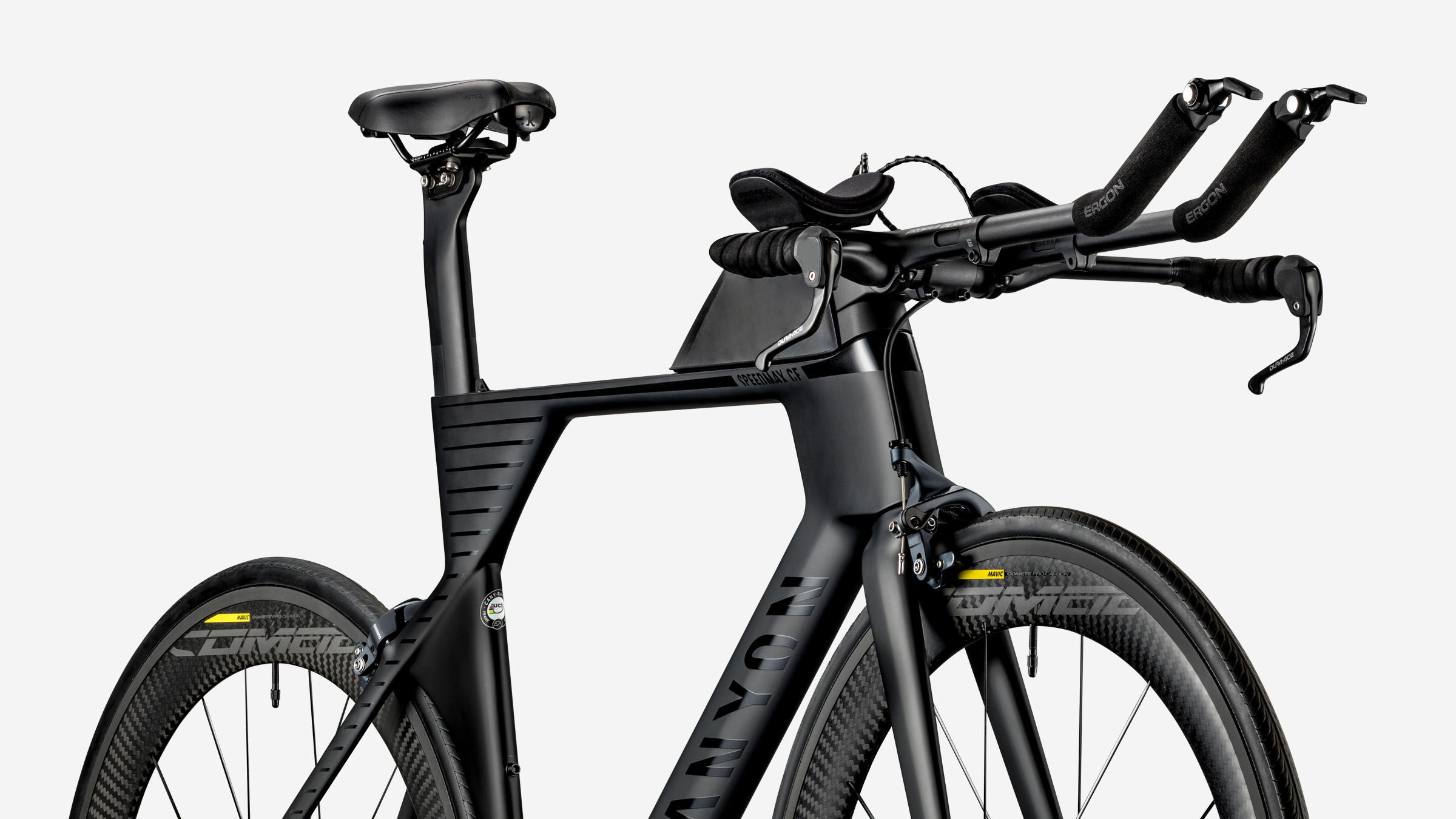
The Canyon Speedmax CF 8.0 is a beast of a triathlon bike but you don't always need the very best of everything, especially for your first race
4. Get caught up in picking the 'perfect' gear
One thing is for sure: you will need some gear for your triathlon race. at the end of the day, you will swim, cycle and run, which means that you'll need to stuff to swim in, cycle on and run in. But in all likelihood, you won't need the very best, top-of-the-line gear, especially if your main aim is just to finish the race.
When it comes to triathlon bikes especially, poring over specs can get overwhelming very soon. "Do I need an Integra groupset or the 105 is enough?" The fact is that although the difference between different groupset are significant enough, for a beginner, it doesn't make much of a difference.
Does it matter to you if your bike is 8.6 or 8.9 kilograms? Or that the Shimano 105's shifting is smooth whilst the Ultegra's is super smooth? For people who take racing seriously, these differences can mean whether they win or lose the race. For anyone else? Not all that much.
Taking all factors into account, you will need a kit that's not uncomfortable to wear and won't hold you back, but don't worry about finding a transition bag that's slightly more spacious than the other one you're looking, which also happens to be half the price.
Feel free to spend some more money on a decent pair of running shoes and to upgrade your activity tracker to a multi-sport smartwatch, but when it comes to high end stuff, don't worry about it just yet. It might come to it in the future that you will want to upgrade your kit to a better one, but by then you will be more knowledgeable about your needs and your limitations, too.
- Best wetsuit: head to warmer climes with the best wetsuits for surfing, swimming, diving and triathlon
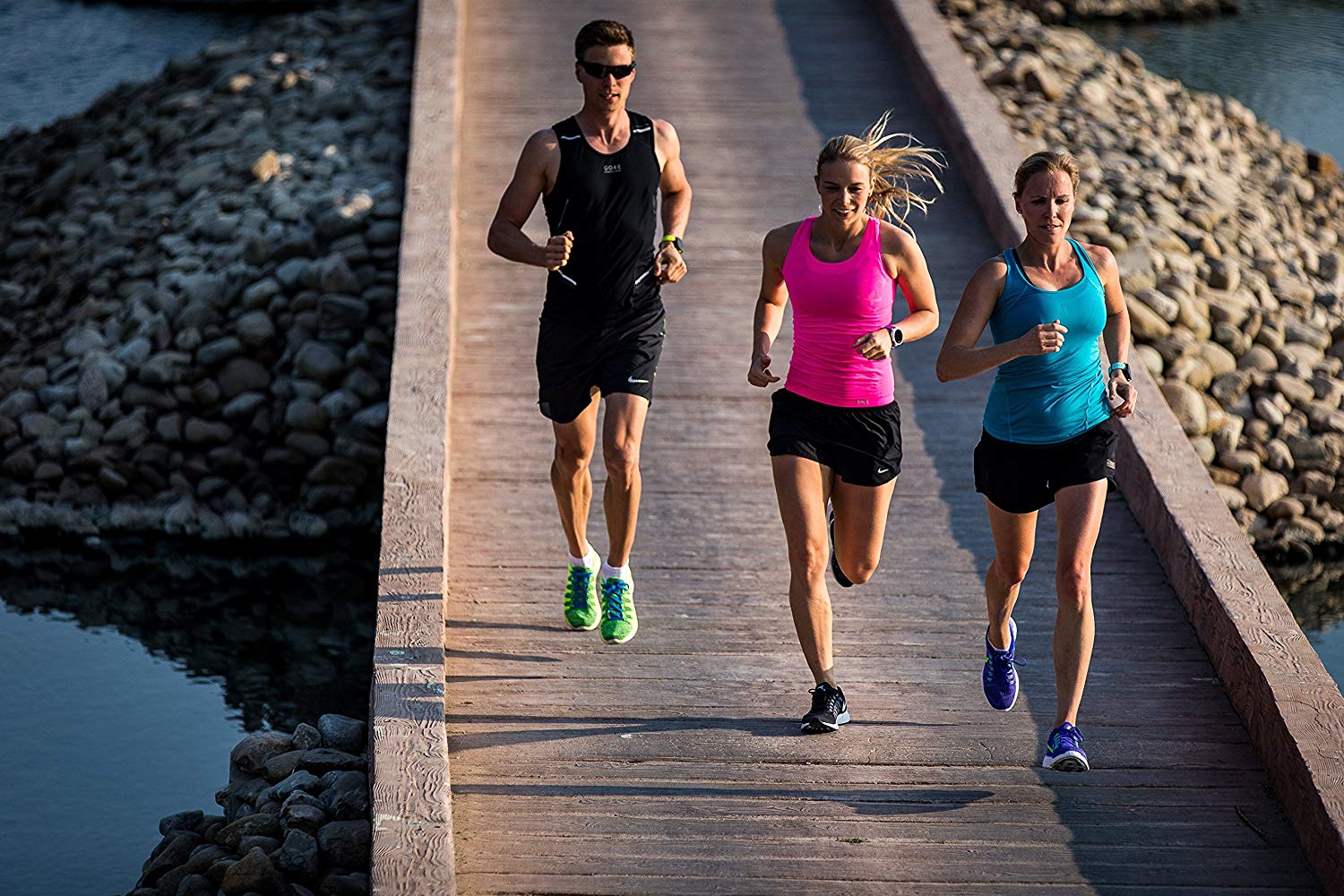
Training with buddies can get your through low-motivation periods
5. Lose motivation too early
Running the same distance and doing the same route day after day can lose its novelty very soon, especially in the dark, cold days of winter. What is there to do to boost motivation?
You can do quite lot, actually. Try doing reverse laps, running/cycling the same laps the other way around. Mixing up the days and times you train can also help getting out of the motivation rut.
Probably the best incentive for many is to get a training buddy. This person (or people) doesn't have to prepare for the race; just pushing you do one of the principles regularly can help you keep on doing the rest, too.
The most obvious choice is running, there being so many free recreational running clubs everywhere. It is also the only sport out of the three where you can interact with other people when doing the exercise itself.
Cycling clubs can also help you feel safer on the roads: spotting 20 cyclists on the road is easier than spotting one. Don't ignore safety cycling wear, though.
- Best bike lights: LED front lights for safer cycling

Matt Kollat is a journalist and content creator who works for T3.com and its magazine counterpart as an Active Editor. His areas of expertise include wearables, drones, fitness equipment, nutrition and outdoor gear. He joined T3 in 2019. His byline appears in several publications, including Techradar and Fit&Well, and more. Matt also collaborated with other content creators (e.g. Garage Gym Reviews) and judged many awards, such as the European Specialist Sports Nutrition Alliance's ESSNawards. When he isn't working out, running or cycling, you'll find him roaming the countryside and trying out new podcasting and content creation equipment.